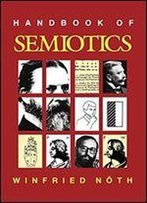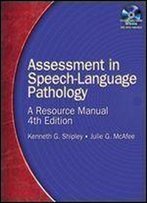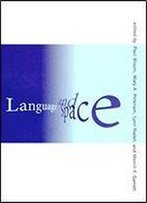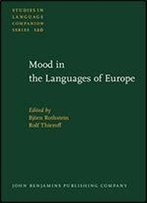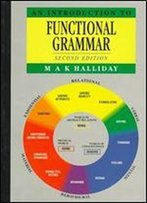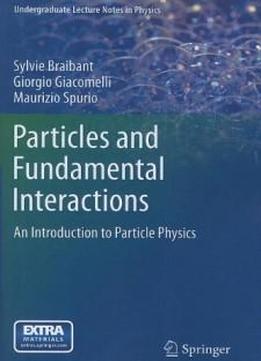
Particles And Fundamental Interactions: An Introduction To Particle Physics (undergraduate Lecture Notes In Physics)
by Sylvie Braibant /
2011 / English / PDF
5.9 MB Download
The book provides theoretical and phenomenological insights on the structure of matter, presenting concepts and features of elementary particle physics and fundamental aspects of nuclear physics. Starting with the basics (nomenclature, classification, acceleration techniques, detection of elementary particles), the properties of fundamental interactions (electromagnetic, weak and strong) are introduced with a mathematical formalism suited to undergraduate students. Some experimental results (the discovery of neutral currents and of the W± and Z0 bosons; the quark structure observed using deep inelastic scattering experiments) show the necessity of an evolution of the formalism. This motivates a more detailed description of the weak and strong interactions, of the Standard Model of the microcosm with its experimental tests, and of the Higgs mechanism. The open problems in the Standard Model of the microcosm and macrocosm are presented at the end of the book. For example, the CP violation currently measured does not explain the matter-antimatter asymmetry of the observable universe; the neutrino oscillations and the estimated amount of cosmological dark matter seem to require new physics beyond the Standard Model. A list of other introductory texts, work reviews and some specialized publications is reported in the bibliography. Translation from the Italian Language Edition "Particelle e interazioni fondamentali" by Sylvie Braibant, Giorgio Giacomelli, and Maurizio Spurio Copyright © Springer-Verlag Italia, 2009 Springer-Verlag Italia is part of Springer Science+Business Media All Rights Reserved
The book provides theoretical and phenomenological insights on the structure of matter, presenting concepts and features of elementary particle physics and fundamental aspects of nuclear physics. Starting with the basics (nomenclature, classification, acceleration techniques, detection of elementary particles), the properties of fundamental interactions (electromagnetic, weak and strong) are introduced with a mathematical formalism suited to undergraduate students. Some experimental results (the discovery of neutral currents and of the W± and Z0 bosons; the quark structure observed using deep inelastic scattering experiments) show the necessity of an evolution of the formalism. This motivates a more detailed description of the weak and strong interactions, of the Standard Model of the microcosm with its experimental tests, and of the Higgs mechanism. The open problems in the Standard Model of the microcosm and macrocosm are presented at the end of the book. For example, the CP violation currently measured does not explain the matter-antimatter asymmetry of the observable universe; the neutrino oscillations and the estimated amount of cosmological dark matter seem to require new physics beyond the Standard Model. A list of other introductory texts, work reviews and some specialized publications is reported in the bibliography. Translation from the Italian Language Edition "Particelle e interazioni fondamentali" by Sylvie Braibant, Giorgio Giacomelli, and Maurizio Spurio Copyright © Springer-Verlag Italia, 2009 Springer-Verlag Italia is part of Springer Science+Business Media All Rights Reserved
